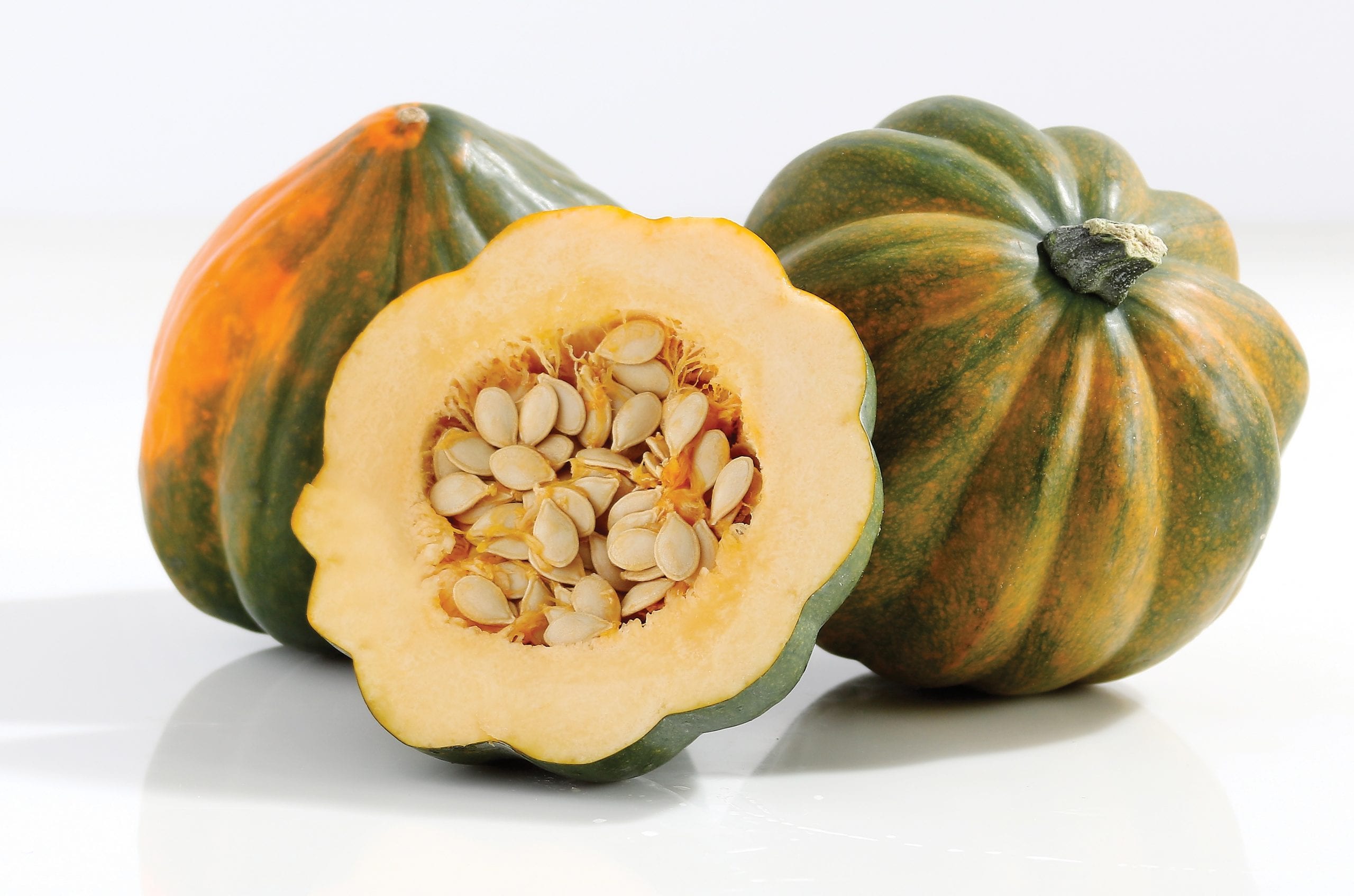

After a few weeks, the plant starts developing broad leaves. So, feed them at regular intervals with a good quality fertilizer.Ĭover the plant surroundings with good quality mulch. The size of these plants makes them feed heavily. Generally, growing acorn squash needs a bit of care. After a few days, when they show signs of growing, transplant them in your gardens.Īlternatively, you can purchase seedlings from nearby nurseries or garden centers and transplant them. You can expect germination within a week or two.Īfter that, thin the seeds to three, picking out unhealthy ones. Then, place the pots near a sunny window and cover them with plastic wrap. Sow 5-6 seeds at least an inch deep in the pots. Then, sprinkle warm water before sowing the seeds.

Fill it with well-draining soil mixed with seed mix. Purchase a large planting pot (at least 7.6 cm). You also have the choice of planting the seeds in Pots and transplanting them after germination. But the flowers drop out, thereby preventing the fertilization process. The plants continue to grow as the temperature rises. The vines of these plants grow well in temperatures ranging between 20 – 32 degrees centigrade (70 – 90 F). Normally, these plants need warmth to germinate. After that, thin the planted seeds to three, picking out the unhealthy ones. You can expect germination within a couple of weeks. This is especially useful in the case of acorn squash since they need a great deal of water. This prevents root rots to a large extent while watering. Initially, plant 5-6 seeds per hill space (50 square feet) in soil mounds. Make sure to loosen the soil at least 12 inches deep.īefore planting, cover the acorn squash seeds in a damp paper towel for about 2-3 hours. So, add compost to the soil space where you have decided to plant the seeds. These plants prefer to grow in Soils with PH value between 5.8 – 6.8. After that, make sure the soil temperature exceeds 15 degrees centigrade (60-degree Fahrenheit). Generally, for growing acorn squash in gardens, you have to wait till the dangers of frost have passed. After planting, you can also save the remaining seeds for up to six years depending on the seed quality. Normally, you can purchase seeds from online stores.

Even if you manage to allot 1-2 hill spaces, you can harvest plenty of them. You can plant 2-3 plants in 50 square feet per hill. Growing acorn squash does require some real estate.
#ACORN SQUASH FULL#
So, ensure you have an adequate growing season with the full sun before planting.Īnother factor to consider is the available space. You cannot harvest most of the winter squashes including Acorn squash before ripening. This period may vary a little bit depending on the environmental conditions. Generally, the acorn squash matures in three to four months after planting. Photo by Ann Ono Mouse (Wikimedia Commons) ( CC BY-SA 3.0)īefore growing acorn squash, it is advisable to consider the below-mentioned factors.
#ACORN SQUASH SKIN#
In contrast, the summer squash vegetables have thin skin and cannot survive cold weather. During the pre-refrigerator days, people use to store them all overwinters for consumption. Generally, these vegetables can survive winters due to their thick skins. This name is given to them due to their storage aspects. The Native Americans introduced this crop to Europe.Īcorn squash is one of the winter squash vegetables. This crop is native to Central and North America. You can find different colors of Acorn Squash in the market. This staple vegetable has sweet, yellowish-orange flesh inside and longitudinal ridges on the outside. Normally, growing Acorn Squash in gardens requires at least a 3 – 4 months time period with full sunlight. This article focuses on growing Acorn Squash in gardens, harvesting, and its uses. Generally, growing Acorn Squash is not difficult. It belongs to Cucurbita pepo species, which all summer squashes also belong to. turbinata), is also called Des Moines squash or pepper squash.


 0 kommentar(er)
0 kommentar(er)
